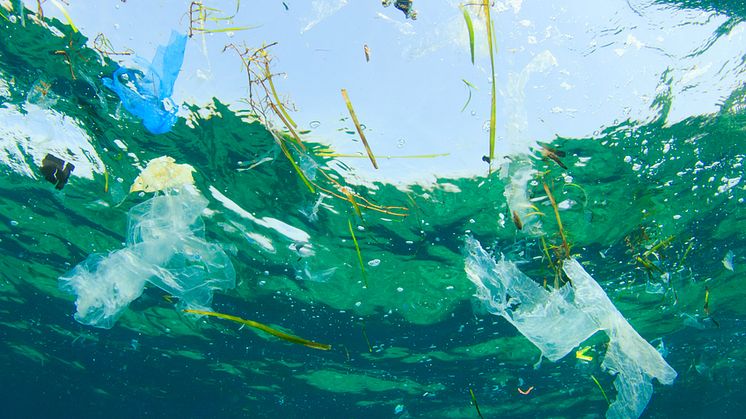
News -
Time to start worrying about microplastics in our farming fields?
The world's oceans are not the only recipient of microplastics. Waste water treatment plants also receive large amounts of microplastics emitted from households, industry and surface run-off in urban areas, which may accumulate in the sewage sludge being used as a fertilizer for agriculture and horticulture.
And there may be greater levels of microplastics, small plastic pieces less than five milliimeters long, in the soil than in our oceans, warns a new study from one of Norway's water research institutes, the Norwegian Institute for Water Research, NIVA.
 According to an article recently published in the journal Environmental Science & Technology by researchers from NIVA and the Swedish University of Agricultural Sciences (SLU) sludge from municipal sewage treatment plants is applied to agricultural areas as a supplement to traditional fertilizers. The problem, the research team said, is that while sewage sludge is treated to remove a variety of regulated hazardous substances, microplastics are not currently on the regulatory agenda, however.
According to an article recently published in the journal Environmental Science & Technology by researchers from NIVA and the Swedish University of Agricultural Sciences (SLU) sludge from municipal sewage treatment plants is applied to agricultural areas as a supplement to traditional fertilizers. The problem, the research team said, is that while sewage sludge is treated to remove a variety of regulated hazardous substances, microplastics are not currently on the regulatory agenda, however.
NIVA researcher Luca Nizzetto said: "We have found figures from the Nordic countries suggesting that a large fraction of all the microplastics generated in Western societies tend to end up in the sludge in wastewater treatment plants.
"Our estimates suggest that between 110.000 and 730.000 tons of microplastics are transferred every year to agricultural soils in Europe and North America, comprehensively. This level of microplastics exceeds the estimated total burden of microplastics currently present in ocean water."
David Noble, a spokesperson for Bluewater, a world-leading Swedish manufacturer of second-generation reverse osmosis residential water purifier solutions, said more 'research is clearly needed to get a clearer overview of a problem that may potentially impact human growth, reproduction and survival that appears to have been largely over-looked until now'. He said it is deeply worrying that chemical-based microplastics are not only entering the human food chain via marine life but also now possibly through food grown for human consumption.
The Norwegian study said the amount of sewage sludge used as fertilizer varies substantially from country to country. In Europe and North America, approximately 50 percent of such sludge is reused as fertilizer on average.
For more information, please contact David Noble at +44 7785 302 694 or via david.noble@bluewatergroup.com.
.
.
